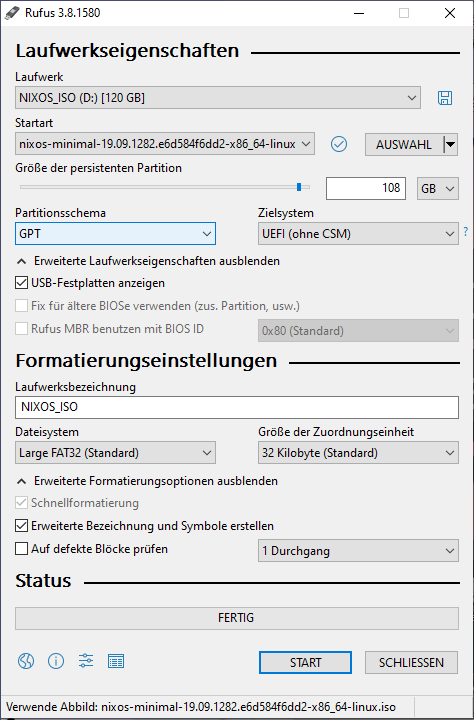


I’ll show a simpler case, configuring the whole HDD for Linux.ĭepending on motherboard bootloader type, there should be choosen a type of partition table for HDD.
#GDISK ISO INSTALL#
It’s simpler if we have full HDD for Linux and harder if we want to install it alongside Windows, where wrong steps may lead to data loss and breaking the system. Next step in system installation is configuring hard drive. UEFI is used on majority of new motherboards.Īs for January 2020, BIOS loader looks like this.Īfter the system is booted from USB, we get an access to command line of Live USB system. There are 2 options: BIOS (sometimes mentioned as ‘Legacy’ in motherboard settings) and UEFI. Official installation guide can be found here.įirst thing to check is the interface your motherboard supports for bootloader. Bootable USB can be created by any program, one of the options is open-source

Before installation you need to create a Bootable USB using ISO file, which can be downloaded via torrent link or HTTP mirrors. In this guide I’ll try to explain some sophisticated installation details and reduce the time you’ll spend on system configuration.Īrch Linux installation process is based on running various commands manually, while Ubuntu and some other distributions have installation GUI. However, it has a drawback of complexity, because installation process happens command-line, without GUI. Installing Arch Linux with GUI on GPT disksĪrch Linux is a popular Linux distribution, which has a huge opportinity for customisation and enough low system requirements.


 0 kommentar(er)
0 kommentar(er)
